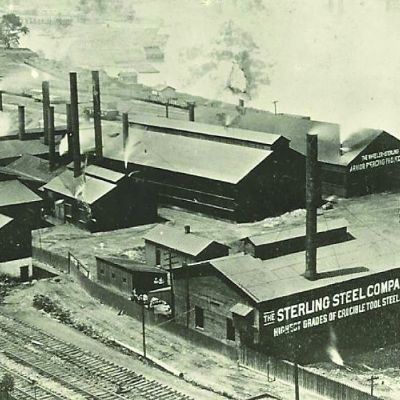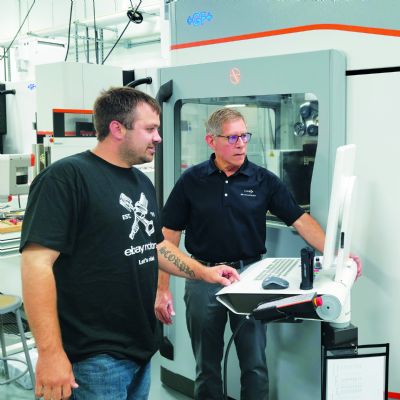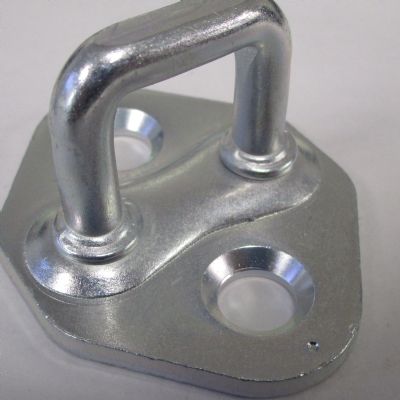 Peter Ulintz
Peter UlintzA Look Back
January 1, 2012Comments
During the past 50 yr., the metalforming and tool and die industries have undergone more changes than any other corresponding period since the industrial revolution. And, the past decade brought about transformations more radical than the previous 40 yr. combined. At the end of this decade, skills, resources and technologies that did not exist two years ago will be commonplace. So, as we begin 2012, how do we prepare for the future?
Before we look forward, let’s look back at where we’ve been. After World War II, countless numbers of skilled tradesmen immigrated to the United States from the ravished landscapes of Europe. They brought with them diversity in culture, work ethic, and technical and shop-floor experience. This broad spectrum of experiences was particularly important to the metalforming and tool and die trades. Stamping-die design and die-construction practices at the time relied exclusively on experienced-based disciplines.
Companies with a workforce having great technical diversity and a breadth of experiences were well-prepared to handle the challenges of designing and building a wide variety of dies. Stampers and die shops could differentiate themselves from their competitors by employing good—not just average—die makers. As a result, experience became the most coveted attribute for any skilled industrial tradesmen, and therefore became synonymous with job security, high wages, advancement, prestige, respect and influence.
During the 1960s and 1970s, it was common for a tool and die maker to receive a part print and be expected to design and build a die from this information alone. These tasks involved calculating flat blanks, developing and dimensioning strip layouts, making detail sketches, manufacturing the die components, assembling the die and trying it out in the press. Once the die entered production, the die maker also often assumed responsibility for its maintenance.








